
The Benefits and Uses of Foxtail Grass
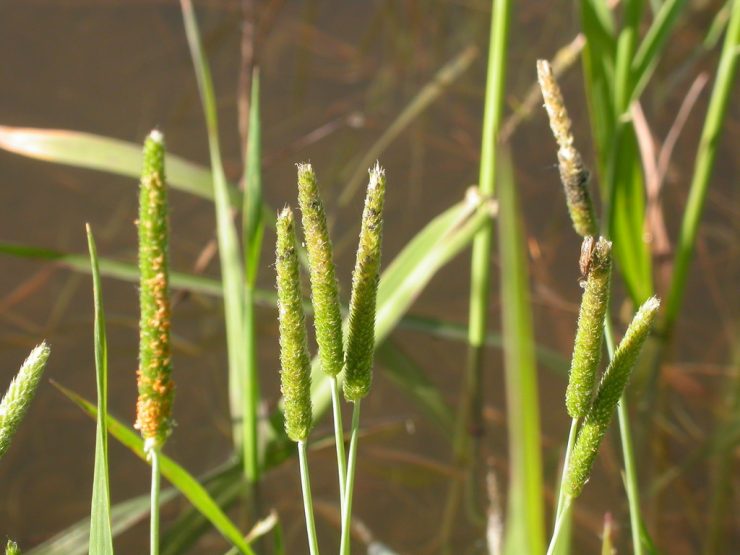
Foxtail Grass: The Underrated Green Wonder
Foxtail grass, belonging to the genus Setaria, is a common and resilient plant found in many parts of the world. Though it’s often dismissed as a simple weed invading agricultural fields, this humble grass hides a surprising number of benefits. From being a nutritious food source to playing a vital ecological role, foxtail grass proves that even the most overlooked plants can be incredibly valuable.
Health and Medicinal Benefits
Rich in Nutrients
Foxtail grass seeds are packed with essential nutrients, including carbohydrates, proteins, and dietary fiber. They also contain vital minerals such as magnesium, phosphorus, and iron, which support overall well-being. Regular consumption of foxtail millet can provide long-lasting energy and contribute to better muscle and bone health.
Supports Digestive Health
Thanks to their high fiber content, foxtail grass seeds help regulate bowel movements and maintain a healthy digestive system. Fiber not only prevents constipation but also nourishes beneficial gut bacteria, which are crucial for immunity and nutrient absorption.
Helps Manage Blood Sugar Levels
Foxtail millet, derived from the seeds of this grass, is known for its low glycemic index, meaning it releases sugar into the bloodstream slowly. This makes it an ideal grain for individuals with diabetes or anyone trying to maintain steady blood sugar levels throughout the day. It can even serve as a healthier substitute for polished rice.
Promotes Heart Health
The presence of magnesium and potassium in foxtail grass supports heart health by stabilizing blood pressure and reducing the risk of cardiovascular diseases. Its fiber also helps lower cholesterol levels, keeping the arteries clean and improving circulation. Over time, incorporating foxtail millet into your diet may help lower the risk of stroke and heart attacks.
Anti-inflammatory Properties
In traditional medicine, foxtail grass has been used for its anti-inflammatory properties. It is believed to help ease joint pain, reduce internal swelling, and provide relief from conditions like arthritis or rheumatism. Although more scientific studies are needed, its use in folk remedies highlights its potential in natural healing.
Agricultural and Environmental Benefits
Fodder for Livestock
Farmers often cultivate foxtail grass as fodder for cattle, goats, and other livestock. Its high nutrient content and easy digestibility promote healthy weight gain and better milk production. Because it grows quickly and abundantly, it’s a cost-effective and sustainable feed option for rural communities.
Soil Erosion Prevention
The dense growth of foxtail grass plays a crucial role in preventing soil erosion. Its roots bind the soil together, reducing runoff during heavy rain or strong winds. This characteristic makes it particularly useful in hilly or flood-prone areas.
Cover Crop and Soil Enrichment
As a cover crop, foxtail grass helps preserve soil moisture, suppress weeds, and add organic matter when plowed back into the earth. Over time, it improves soil fertility and structure, benefiting subsequent crops.
Culinary Uses
Foxtail Millet
The seeds of foxtail grass, commonly called foxtail millet, are widely consumed across Asia and Africa. They are used in porridge, pilafs, flatbreads, and even desserts. Naturally gluten-free, foxtail millet serves as a great alternative for people with celiac disease or gluten sensitivity. It has a mildly nutty flavor and pairs beautifully with vegetables or lentils.
Nutritional Supplements
Because of its nutrient richness, foxtail millet flour is frequently added to health supplements, protein bars, or smoothies. It’s also used in gluten-free baking as a high-fiber flour option, providing both taste and nutritional value.
Other Uses
Traditional Medicine
In certain cultures, foxtail grass has been used to treat fevers, skin infections, and respiratory issues. The leaves or seeds are sometimes made into herbal teas or poultices. However, while these remedies have historical roots, modern medical evidence remains limited—so it’s best used cautiously.
Wildlife Habitat
Foxtail grass also contributes to biodiversity. It provides shelter and nesting materials for birds and small mammals, while its seeds serve as an important food source for wildlife in both rural and urban environments.
Precautions
Despite its many advantages, foxtail grass poses a hidden risk to pets, particularly dogs and cats. The barbed seeds can attach to their fur or penetrate the skin, causing irritation, infection, or even internal injury if inhaled. Pet owners should regularly check and groom animals that play outdoors in areas where foxtail grass grows.
Conclusion
Foxtail grass may appear to be an ordinary weed, but its value extends far beyond what meets the eye. From nourishing people and livestock to enriching the soil and supporting wildlife, this unassuming plant proves its worth in countless ways. Whether as a staple food, a natural remedy, or an eco-friendly crop, foxtail grass is a reminder that even the simplest plants can have extraordinary potential — as long as we take the time to look closer.
News in the same category

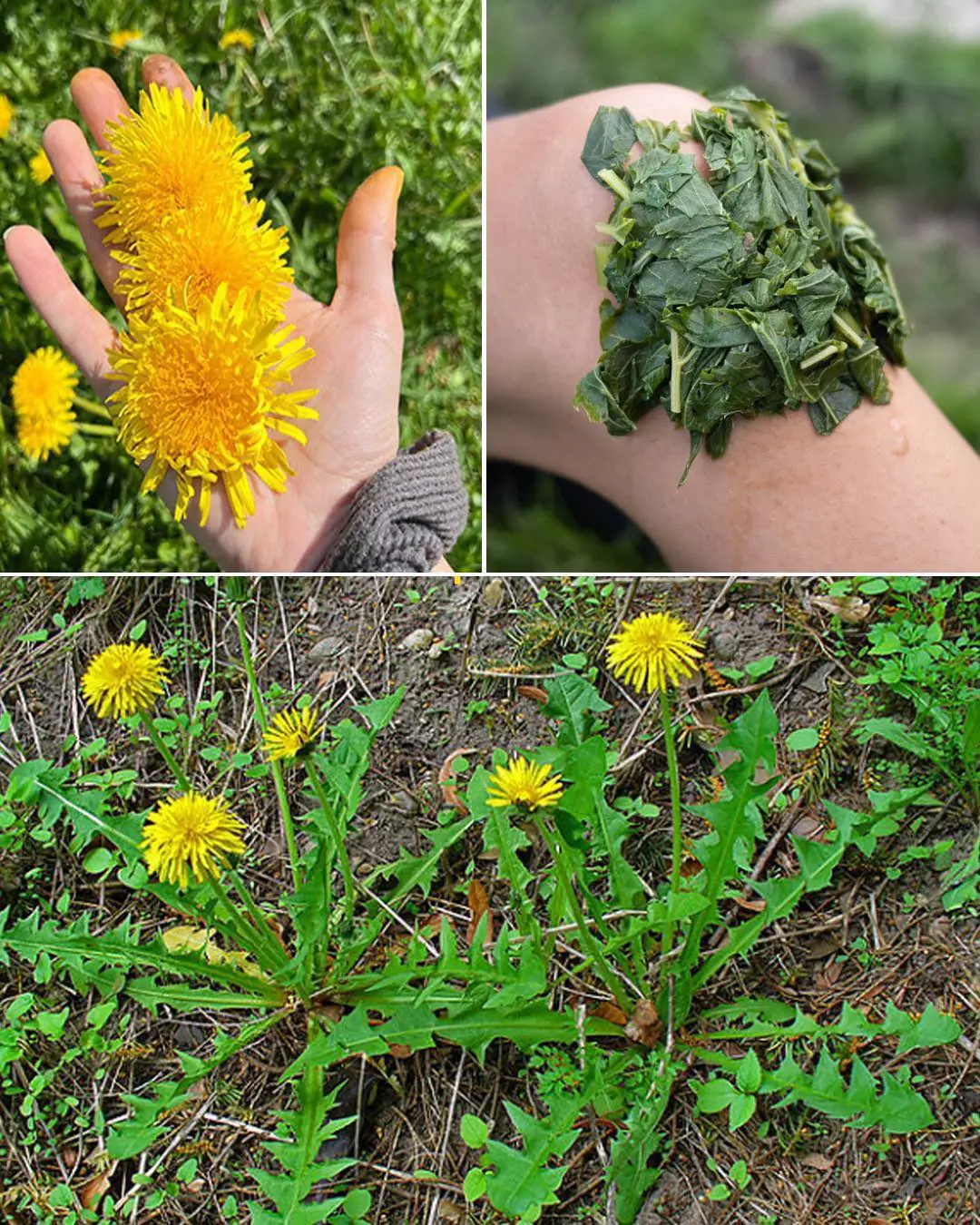
5 Health Benefits and Uses of Dandelion
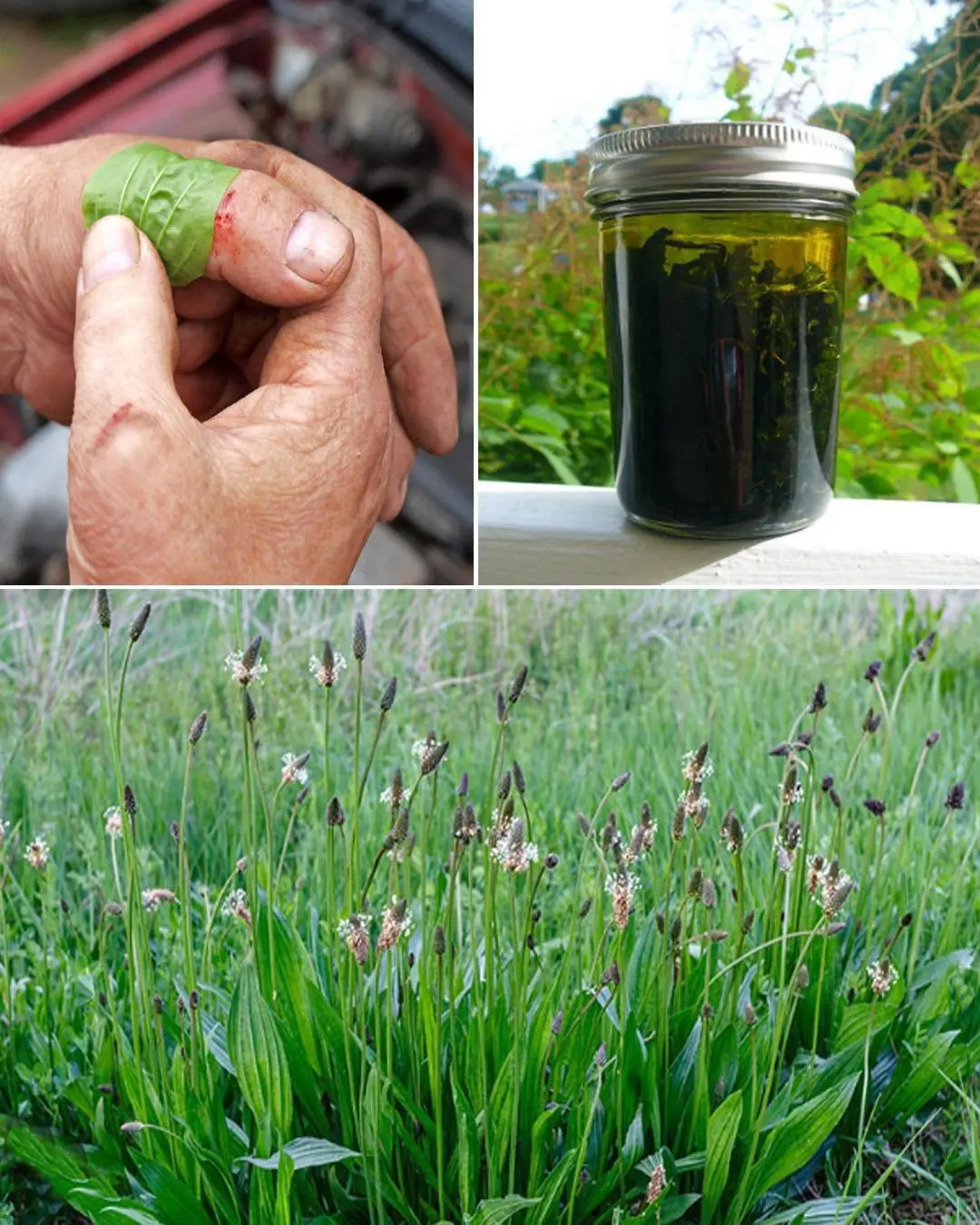
Fact & Health Benefits of Ribwort Plantain
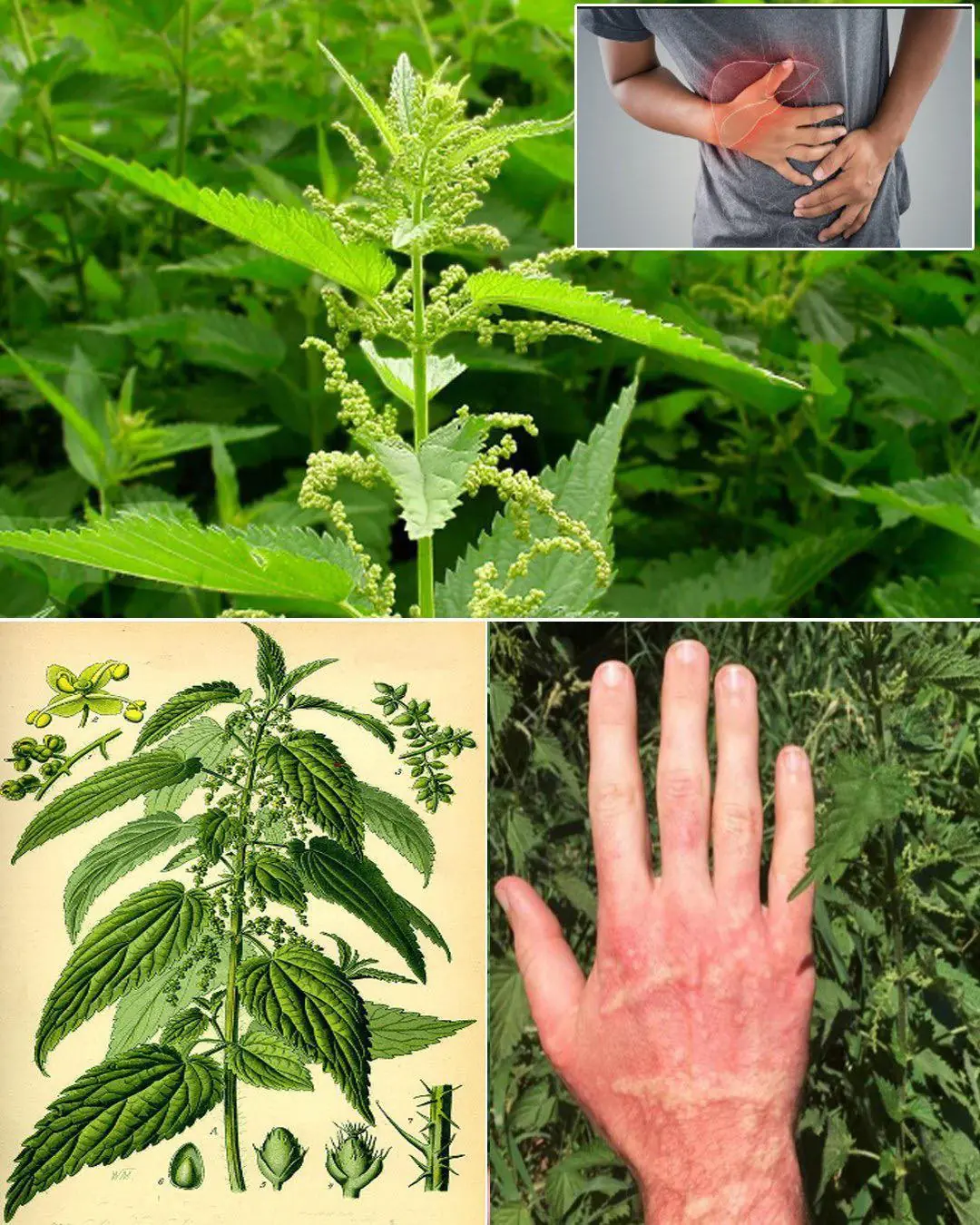
7 Nettle benefits and uses

Roasted Lemon and Salt: A Powerful Natural Remedy for Cough and Sore Throat

Boiling 3 Bananas Before Bed: Why Many Are Doing It
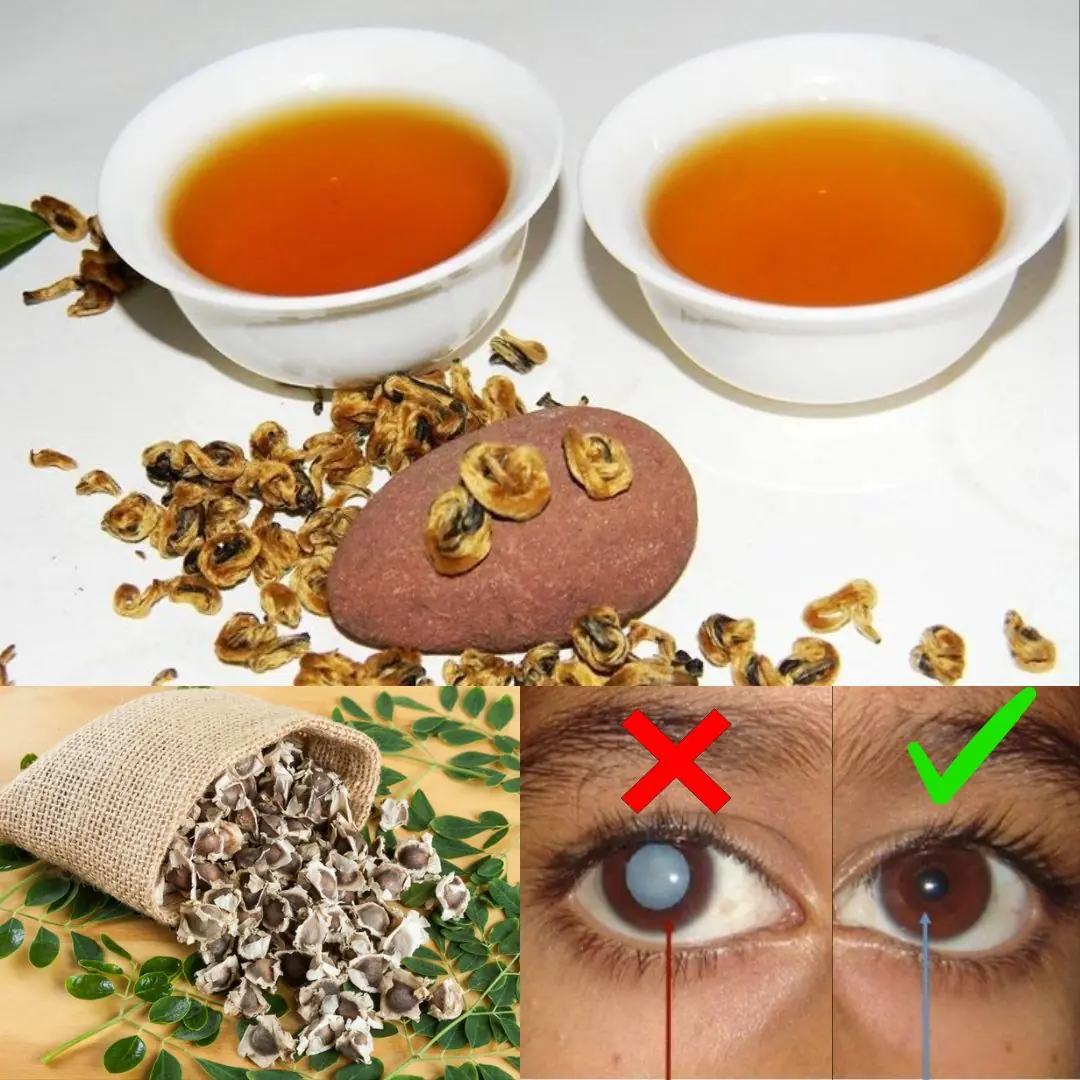
12 Powerful Benefits of Moringa Seeds

How to Eat Garlic and Honey on an Empty Stomach for 7 Days — The Natural Ritual That Strengthens, Cleanses & Revitalizes the Body

The Hidden Power of Common Lantana (Lantana camara): What You Can Safely Do with It at Home

The Power of Castor Leaves: Nature’s Hidden Gift

18 Genius Ways to Use Vaseline for Beauty and Everyday Life

Unlock the Golden Magic of Corn Silk Tea

Flush the toxins silently damaging your kidneys — with these 13 powerful cleansing foods

The Ultimate Nut Guide for Seniors: 4 Healthy Choices and 4 to Skip

Yarroway – the herb that can save the day
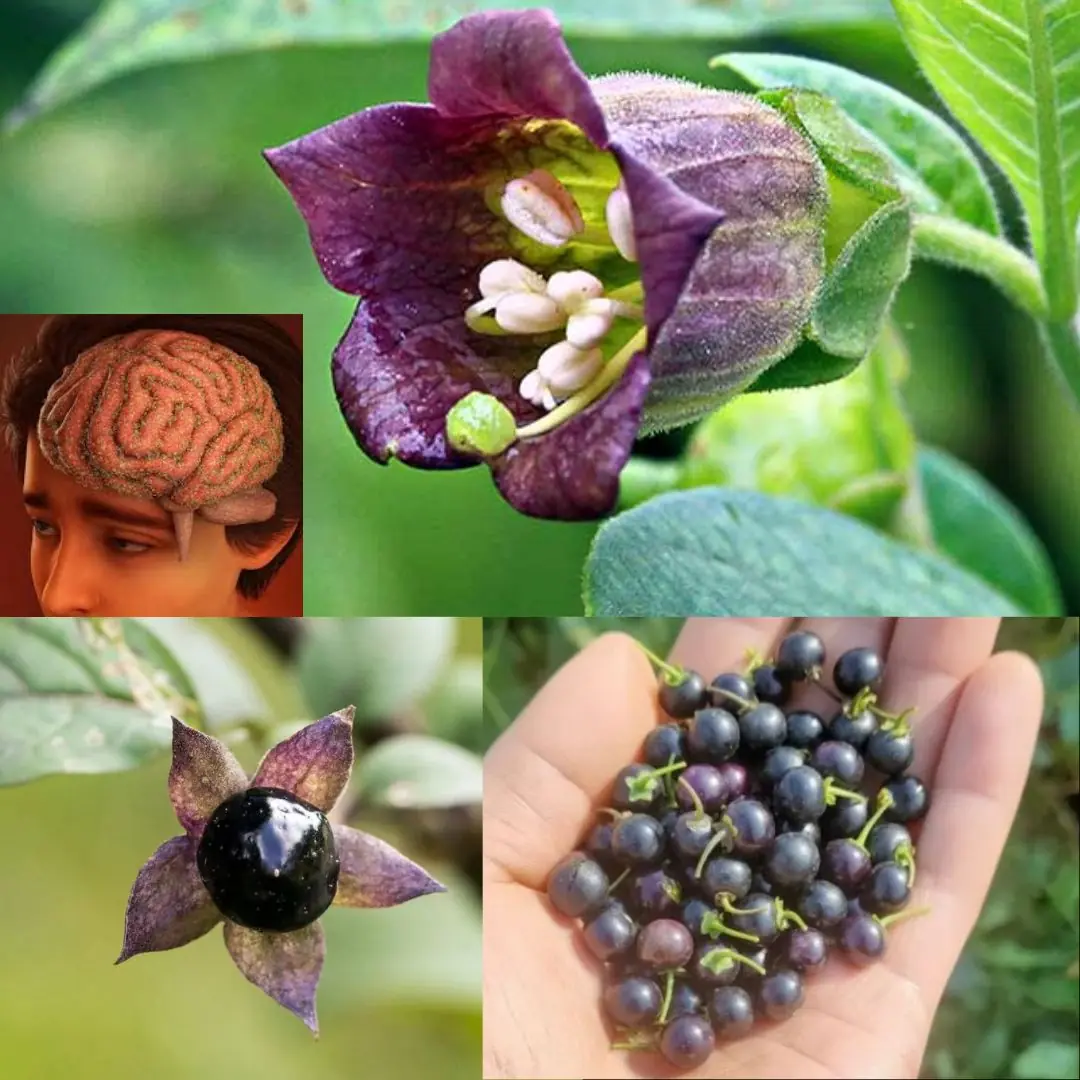
Deadly Nightshade (Atropa belladonna): The Dangerous Beauty

Fig Leaves: Surprising Benefits and Uses

American Beautyberry (Callicarpa americana): Benefits and How to Use It

Holding Cloves in Your Mouth: A Natural Way to Relieve Toothache
News Post

Mix Castor Oil and Rosemary — The 7-Day Results Will Surprise You

This Is What Happens to Your Body the Day You Stop Eating Bread

14 Symptoms of Liver Damage You Need to Know

Prepare Ginger This Way to Prevent Cancer, Reduce Cholesterol, and Lower Blood Sugar Levels

Chimp Smiles for the Camera — While Stealing a Dog, Then Does the Unexpected

Prayers for Chaden: A Racer’s Fight Beyond the Track

From Shoplifting Call to Saving Lives: The Story of TJ and Max.

More Than Just a Car: A Lifetime in Metal and Memories.

The Man Who Carried an Elephant.

Firefighters Build a New Path of Dignity for an Elderly Woman.

Murphy the Eagle Who Loved a Rock—Until Life Gave Him a Real Chick.

The Touch That Broke Our Hearts.

A Table in the Garage.

The Power of Simply Sitting Beside Someone.

The Spiritual Meaning of White Butterflies in Your Home

If You Find A Tick Inside Your Home, Here’s What You Need To Know

The Power of Tamarind Fruits: Sweet, Sour & Supercharged with Health Benefits

5 Health Benefits and Uses of Dandelion
